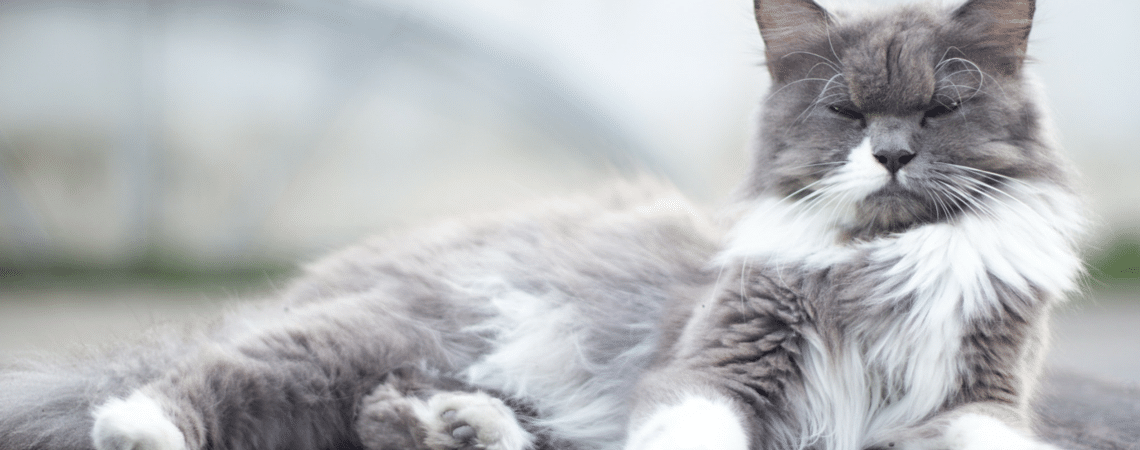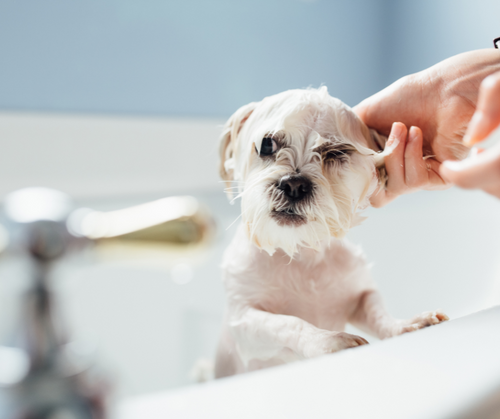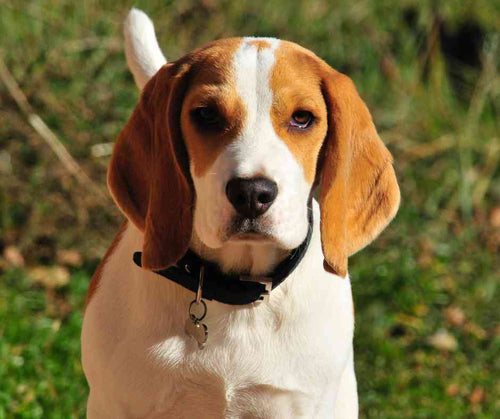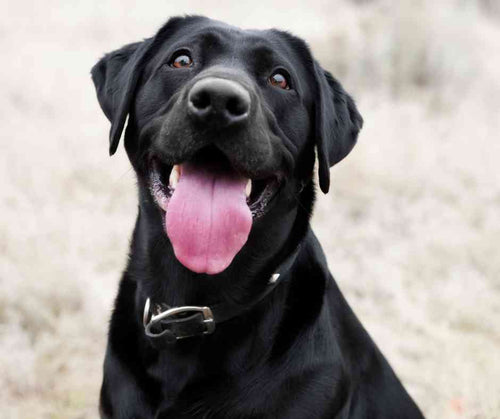Understanding your feline friend

Do you ever wonder why your cat behaves in a certain way? Most of their behaviour can be traced to when they were still wild, so we’re going to try to help you understand your feline friend a little bit better.
Purring
Contrary to popular believe purring does not always mean the cat is happy. A cat will purr when in pain, distress or when giving birth. A kitten purring is a signal to the mother that all is well and that it is well-fed.
Greeting
Cats greet each other by rubbing faces. If it greets you by standing on its hind legs, it is simply trying to reach your face. This is only done to humans that the cat trusts. Another way is to rub itself against your legs because cats have scent glands on its temples, around the mouth and at the base of the tail, so your cat it is actually marking its territory and asking other cats to stay away.
Burying faeces
A subordinate cat will bury its faeces to hide its presence from more dominant cats. A dominant cat will leave its faeces uncovered. If you just have one cat then burying indicates that the cat feels its owner is dominant.
Wagging tail
This could mean the cat is angry or feeling indecisive.
Eating grass
Vomiting will occur soon after the cat eats grass or anything similar like house plants. Thus, it is said that a cats does that when it needs to clean out its stomach. Taking food out of its bowl and eating it off the floor Cats do this either because they find the food pieces too large to chew in the bowl or is uncomfortable with its whiskers touching the side of the bowl when eating.
Scratching furniture
Scratching is a cat’s way to sharpen its claw by stripping off the old shell to reveal a new one. It is also a way for the cat to exercise its claws and paws and for scent marking (due to the scent glands under its paws) Not all cats behave exactly the same way though and some have some very distinctive habits, which we ask you to share below.
Last Articles

December 05, 2022
How to introduce your puppy to baths
The world for a puppy is super exciting and chock full of new experiences! As new puppy owners, it’s...

September 27, 2021
Mythbusters - Your Dog's Diet
Canine nutrition hasn't quite become as laden with diet fads as for humans but there are a number of...

September 27, 2021
4 Tech Trends for Pet Parents
Technology is everywhere. Think of all the gadgets you use everyday. From your iPhone, to the GPS in...

September 27, 2021
5 top tips for preventing fleas
The summer months are great for long walks in the countryside with your dogs, enjoying the fresh air...

